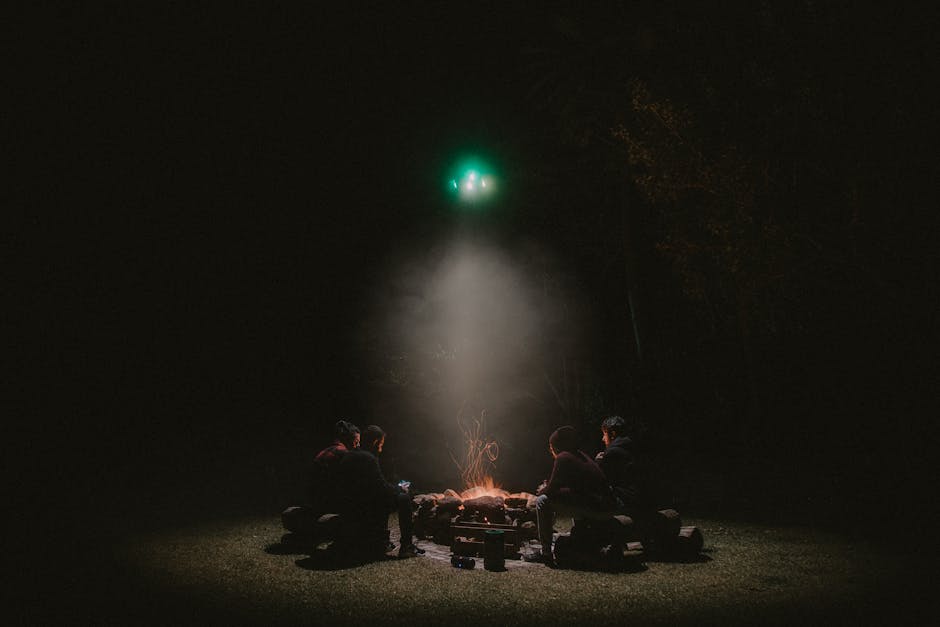In the realm of aviation, drones have emerged as versatile and transformative tools, capturing the imagination of hobbyists, professionals, and enthusiasts alike. With a wide range of models available, selecting the best drone for your specific needs can be a daunting task. This comprehensive guide will provide you with all the necessary information to make an informed decision and soar through the skies with confidence.
**Understanding Drone Types and Capabilities**
Drones come in various sizes, shapes, and configurations, each designed for different purposes. From compact racing drones to heavy-lift industrial models, understanding the different types is crucial. Quadcopters, with their four propellers, offer stability and maneuverability, while fixed-wing drones resemble airplanes and excel in long-range flights. Camera drones, equipped with high-quality sensors, are ideal for aerial photography and videography.
**Camera Quality and Resolution**
For photographers and videographers, camera quality is paramount. Drones offer varying camera resolutions, from modest 720p to stunning 4K. Higher resolutions provide sharper images and smoother videos, but they also demand more storage space and processing power. Consider your intended use and budget when selecting the camera resolution that suits you best.
**Flight Time and Range**
Flight time and range are crucial factors to consider, especially for long-distance flights or aerial surveys. Flight time typically ranges from 15 to 30 minutes, but some models can fly for up to an hour or more. Range, on the other hand, refers to the distance a drone can travel from its controller. A longer range allows you to explore wider areas and capture footage from greater distances.
**Control and Navigation**
The control system plays a significant role in the drone's responsiveness and ease of operation. Most drones are controlled via a dedicated controller or a smartphone app. Controllers provide better precision and tactile feedback, while apps offer convenience and additional features. Look for drones that offer advanced navigation features such as GPS, optical flow sensors, and obstacle avoidance systems.
**Safety and Durability**
Safety should always be a top priority when operating a drone. Choose models with built-in safety features such as automatic return-to-home, altitude hold, and collision avoidance. Durability is also important, especially if you plan to fly in challenging conditions. Look for drones with sturdy construction and weather-resistant materials.
**Additional Features to Consider**
Beyond the essential features, some drones offer additional capabilities that can enhance your flying experience. These include foldable designs for portability, image stabilization for smooth footage, live video streaming, and programmable flight paths. Consider the features that align with your specific needs and budget.
**Conclusion**
Choosing the best drone is a journey of discovery, guided by your intended use, budget, and preferences. By understanding the different types, capabilities, and features available, you can make an informed decision that will empower you to soar through the skies with confidence and capture breathtaking aerial imagery.

